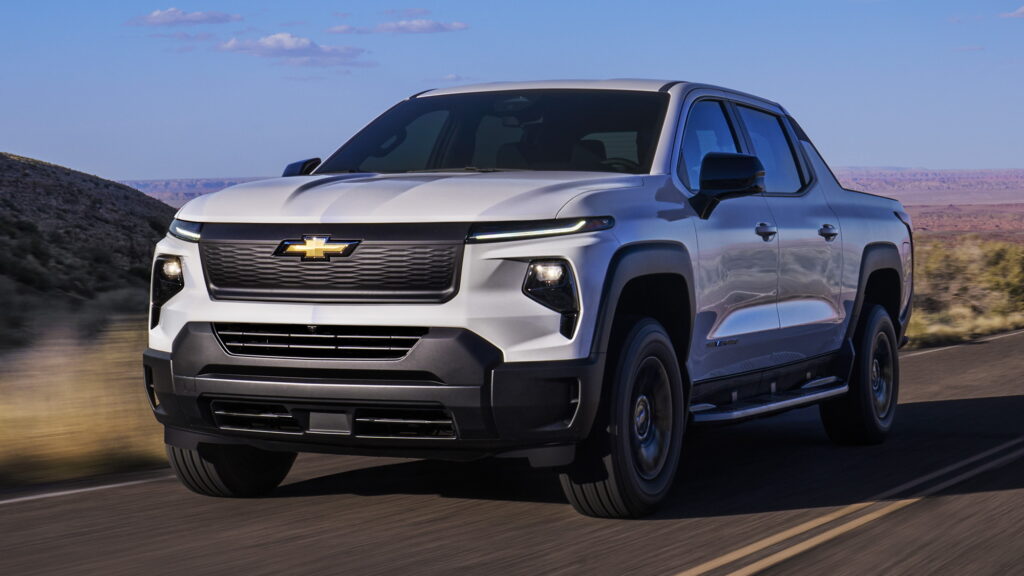The average owner of a three-year-old EV in America drives around 9,059 miles (14,579 km) in a year, a new iSeeCars study reveals. That’s over 3,000 miles (4,828 km) or 29 percent less than the average internal combustion engine (ICE) vehicle owner drives in a year.
Even the owners of the most driven three-year-old EVs on the road today drive less than the 12,758 miles (20,532 km) completed by the average owner of a three-year-old ICE vehicle. The top four EVs by average distance traveled annually are all from Tesla, with its large SUV, the Model X, topping the list at 10,378 miles (16,702 km) per year.
“Tesla drivers come the closest to matching the driving behavior of traditional car owners,” said Karl Brauer, iSeeCars’ executive analyst. “Without Tesla, the average miles per year for EV drivers would drop from 9,059 (14,579 km) to 6,719 (10,813 km).”
Most Driven 3-Year Old EVs
There are likely a number of reasons for this discrepancy, including the comparatively small number of EV owners, their position as a second vehicle, and the novelty of the technology. However, iSeeCars points out that range is likely having a big impact on these results. To start with, the number of miles a vehicle drives in a year is strongly correlated to how far it can go per charge.
“Looking at 3-year-old electric cars, we see EV owners willing to drive an additional 23 miles per year for every additional mile of range their vehicle offers,” said Brauer. “That means EVs, on average, need an additional 161 miles (259 km) of range to get them to the 12,578-mile (20,532 km) annual driving distance we see from traditional, gasoline-powered vehicles.”
More: EVs Could Charge In 10 Minutes By 2027, Cutting Costs And Journey Times

Intriguingly, the connection between driving range and miles driven per year doesn’t just hold for EVs. The average ICE vehicle gets 24.7 MPG, according to the EPA, and has an 18 gallon fuel tank. That means that it can go around 444 miles (715 km) per tank, or 165 miles (265 km) farther than an EV. So, in order for EV drivers to go as far as ICE drivers in a year, manufacturers would have to make them go as far per charge as ICE vehicles go per tank.
That adds a fascinating shade of nuance to the problem of range anxiety, and one that may be expensive to account for. The study found that based on the prices of vehicles on the market, excluding the Porsche Taycan because of its pricing (at 2.6 times the average EV price), consumers are paying an additional $10,000 to get an extra 26.5 miles of battery range. This means that an EV with 440 miles (708 km) of range would cost an estimated $60,000 more than today’s average EV, increasing their price to an unfeasible $105,147.
However, automakers like GM and Stellantis promise that electric vehicles with those kinds of ranges will be on the market soon, meaning that the average miles driven per EV may start creeping up in years to come.
Most Driven 3-Year Old EV In The Top 50 Metro Areas




